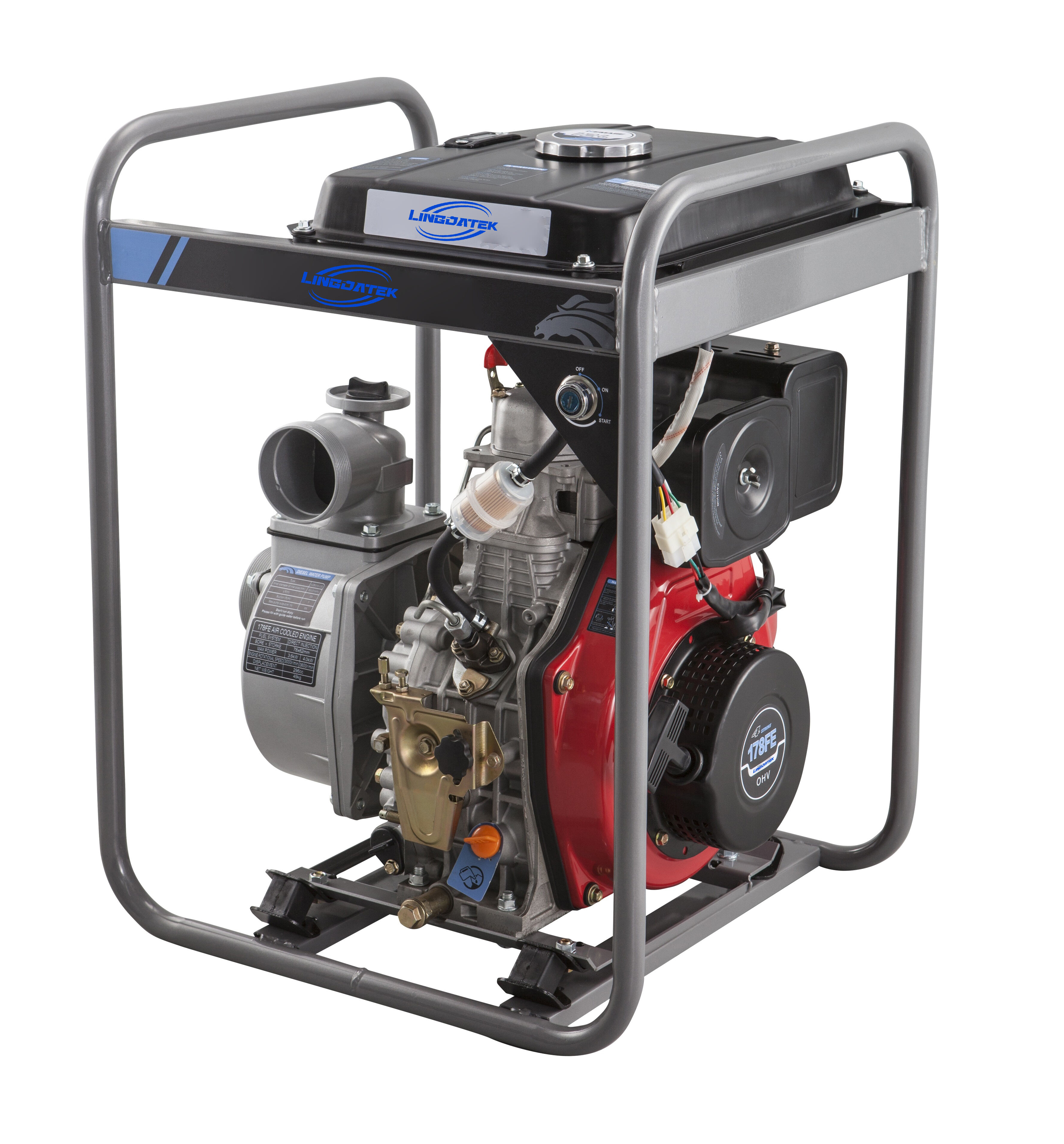lead acid batteries
Lead acid batteries represent one of the most widely used and reliable energy storage solutions in the world. These batteries operate through a chemical reaction between lead plates and sulfuric acid, creating electrical energy through a controlled process of oxidation and reduction. The technology consists of cells containing positive plates made of lead dioxide and negative plates of spongy lead, immersed in an electrolyte solution of sulfuric acid. This fundamental design has proven incredibly versatile, powering everything from automobiles and forklifts to uninterruptible power supplies (UPS) and solar energy storage systems. The batteries come in various configurations, including flooded (wet), gel, and absorbed glass mat (AGM) types, each optimized for specific applications. They offer reliable starting power, deep cycle capabilities, and excellent tolerance to overcharging. Modern lead acid batteries incorporate advanced features such as maintenance-free designs, enhanced grid alloys for improved durability, and sophisticated valve-regulated systems for safer operation. These batteries excel in applications requiring high surge currents, making them ideal for automotive starting and industrial applications. Their robust construction and established recycling infrastructure make them both practical and environmentally responsible choices for energy storage needs.


